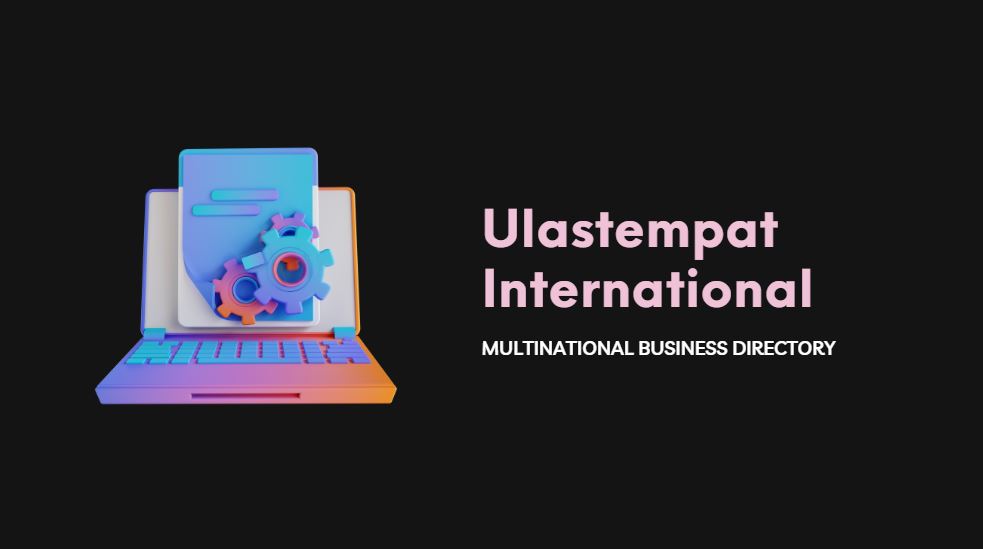Cameroon, a vibrant and diverse country in Central Africa, has produced a remarkable array of talented individuals who have made significant contributions to various fields, including entertainment, sports, politics, and business. Here are 10 of the most popular celebrities and notable people of Cameroonian origin:
- Samuel Eto’o: Widely regarded as one of the greatest African footballers of all time, Eto’o enjoyed an exceptional career with clubs like Barcelona, Inter Milan, and Chelsea. He led the Cameroonian national team to numerous titles, including two Africa Cup of Nations championships.
- Francis Ngannou: The reigning UFC heavyweight champion, Ngannou is a mixed martial artist known for his raw power and devastating striking ability. His rise to the top of the sport has earned him immense popularity among fans worldwide.
- Yannick Noah: A former professional tennis player, Noah achieved remarkable success, reaching the French Open final and winning the Davis Cup with France. After retiring from tennis, he pursued a music career, releasing several hit songs in French.
- Charlotte Dipanda: A celebrated singer and songwriter, Dipanda is known for her soulful voice and captivating stage presence. She has won numerous awards and accolades, including multiple African Music Awards, and has toured extensively across Africa and Europe.
- Achille Mbembe: A prominent philosopher and public intellectual, Mbembe is a professor at the University of the Witwatersrand in South Africa. His work focuses on post- colonialism, globalization, and the African experience, earning him international recognition and acclaim.
- Djimon Hounsou: An accomplished actor, Hounsou has starred in numerous Hollywood films, including Blood Diamond, Gladiator, and Furious 7. He has received Academy Award nominations for his performances, and his work has garnered critical praise.
- Manu Dibango: A legendary saxofonist and composer, Dibango was a pioneer in fusing traditional African music with jazz and funk. His music gained international recognition, and he became a celebrated figure in the global music scene.
- Paul Biya: The current President ofCameroon, Biya has held office since 1982, making him one of the longest- serving leaders in Africa. His tenure has been marked by both political stability and economic challenges, with varying assessments of his leadership.
- Patrick Mboma: A retired football striker, Mboma representedCameroon at international level, scoring crucial goals in major tournaments. He enjoyed success at club level in Japan and France, earning a reputation as a clinical goalscorer.
- Iya Villania-Arellano: A Filipino-Cameroonian television host and actress, Villania-Arellano has gained popularity in the Philippines for her vibrant personality and hosting skills. She is known for her work on various TV shows and has also appeared in several films.
Most Famous Cameroonian People
Cameroonian Mystique: Unraveling Three Key Historical Legacies
The Cameroonian community is a vibrant and diverse group of people with a rich cultural heritage. Cameroon, located in Central Africa, is often referred to as “Africa in miniature” due to its incredible diversity in geography, culture, and history. The Cameroonian community has a strong sense of pride in their heritage and has made significant contributions to the world. Here are three of the most well-known historical inheritances associated with the Cameroonian heritage.
1. Traditional Music and Dance: Music and dance are deeply ingrained in Cameroonian culture and have played a significant role in preserving their heritage. Traditional music in Cameroon is characterized by a diverse range of styles, including makossa, bikutsi, and assiko. These genres are often accompanied by vibrant and energetic dances that reflect the rhythm and spirit of the music. Cameroonian musicians like Manu Dibango and Richard Bona have gained international recognition, bringing their unique sounds to global audiences.
2. Colonial Legacy: Like many African countries, Cameroon has a colonial past that has shaped its history. From 1884 to 1960, Cameroon was divided between the German Empire and the French and British colonial powers. The impacts of colonization can still be seen today, particularly in the official languages spoken in Cameroon – French and English. This diverse linguistic landscape has given rise to a rich linguistic and cultural heritage, with over 250 different languages spoken throughout the country.
3. Cultural Festivals: Cameroon is known for its vibrant cultural festivals, which celebrate the diversity and traditions of different ethnic groups. One of the most famous festivals is the Ngondo Festival, held by the Sawa people along the coast. The Ngondo Festival is a week-long celebration that brings together various Sawa communities to honor their ancestors and spirits. Colorful parades, traditional music and dance performances, and boat races on the Wouri River are among the highlights of this lively and culturally significant event.
- Traditional Music and Dance
- Colonial Legacy
- Cultural Festivals
These historical inheritances play an important role in shaping the identity of the Cameroonian community. They provide a sense of connection and pride in their roots, allowing them to celebrate and share their heritage with the world. Whether through music and dance, the effects of colonization, or the vibrant cultural festivals, the Cameroonian community continues to inspire and captivate people with their rich history and traditions.
In a striking celebration of diversity, numerous prominent individuals proudly reflect a mosaic of Okande Tsogo, Kota kele and Myene roots, highlighting the intricate interplay of cultures within their heritage. From accomplished leaders to acclaimed artists, these figures embody the rich lexical semantic tapestry of ethnic backgrounds, illustrating the vibrant spectrum of human experiences.
Ethnic Factsheet: The Cameroonian People
table { font-family: Arial, sans-serif; border-collapse: collapse; width: 100%; }
td, th { border: 1px solid #dddddd; text-align: left; padding: 8px; }
th { background-color: #f2f2f2; }
| Ethnicity | Population | Region |
|---|---|---|
| Beti-Pahuin | 2,463,000 | Center |
| Bamileke | 2,359,000 | West |
| Bagyeli | 50,000 | South |
| Basaa | 354,000 | Center |
| Duala | 325,000 | Littoral |
| Fulani | 522,000 | North |
| Gbaya | 147,000 | East |
| Kom | 175,000 | Northwest |
The Ancient Heritage of Cameroonian Ethnic Groups
Cameroonian Ethnicity: References and Resources
For those interested in delving deeper into the Cameroonian ethnic group, there are various references and resources available. These sources can provide invaluable insights into the rich cultural heritage, history, traditions, languages, and customs of the different ethnic groups within Cameroon.
- Books: Several books have been written on the topic, providing comprehensive information about the various Cameroonian ethnic groups. Some recommended titles include “The Traditional Music and Dance of Cameroon” by George Echu, “Cameroon: The Stakes and Challenges of Governance and Development” edited by Jacques Fame Ndongo, and “A History and Ethnography of the Cameroonian Grassfields” by Verkijika G. Fanso.
- Academic Journals and Articles: Academic journals and scholarly articles often publish research papers and studies on specific Cameroonian ethnic groups. Some reputable sources include the Journal of African Studies and Development, African Anthropologist, and African Studies Review. These publications can offer in-depth analysis and insights into various aspects of the ethnicity.
- Online Databases and Archives: Online databases and archives can be an excellent resource for accessing primary sources and historical records related to Cameroonian ethnic groups. Platforms such as JSTOR, ResearchGate, and Google Scholar provide access to a vast collection of articles, papers, and books on the subject.
- Documentaries and Films: Documentaries and films can provide visual representations and narratives about Cameroonian ethnic groups, showcasing their customs, traditions, and ways of life. For example, “Cameroon: The Forgotten Kingdom” directed by Laurent Chevallier provides a glimpse into the Bagyeli people of Cameroon, while “Queen Sarraounia” directed by Med Hondo depicts the resistance of a Chadian queen against French colonial forces.
- Cameroonian Cultural Centers: Cultural centers, both within Cameroon and abroad, often provide resources and information about the Cameroonian ethnic groups. These centers may host art exhibitions, cultural events, and educational programs that can deepen understanding and appreciation of Cameroonian culture.
These references and resources can be valuable tools for exploration and learning about the Cameroonian ethnic group. Whether through academic research, literature, documentaries, or cultural centers, individuals can gain a deeper understanding and appreciation of the diverse and vibrant cultures that make up Cameroon.
As we continue to celebrate diversity and embrace the richness of different cultures, let us honor and draw inspiration from these remarkable individuals who have shaped our world. Thank you for joining us on this captivating journey.



Companies That Support Israel: A List to Avoid
Does Red Bull Support Israel? Decoding the Unraveled Connection
Fast Food Chains Aligned with Israel Support
Boycott List: Fashion Companies Supporting Israel You Should Be Aware Of
Does These Firearms Support Israel? Exploring the Unraveled Connection
Does These Tech Brands Support Israel? Decoding the Unraveled Connection
Does These Filmography Support Israel? Understanding the Intricate Ties
Does These Online Business Support Israel? Exploring the Unraveled Connection